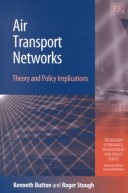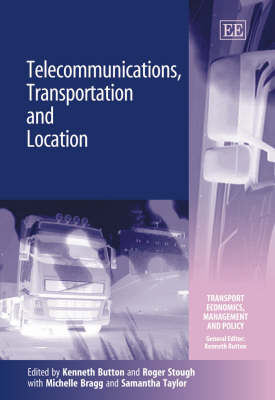Transport Economics, Management and Policy
2 total works
The book covers domestic and international air transportation with an emphasis on airlines and includes discussions of related markets such as airports and air traffic control. The authors provide details of how the sector functions and the reasons why the airline industry performs as it does today and explore the ways in which governments have, over the years, attempted to manipulate air transport markets to meet political objectives.
This volume will be warmly received by those interested in the operations and the influences that public policy has on the air transport sector. Air Transport Networks will also appeal to policymakers and to those working in the air transportation sector.
Telecommunications, Transportation and Location
by Kenneth Button, Roger R Stough, Michelle Bragg, and Samantha Taylor
Telecommunications, Transportation and Location contains both sytheses and interpretations of what others have found in regard to these interactions as well as new work that extends earlier findings. The material is presented in a rigorous yet accessible manner to open it to a wide audience of practitioners concerned with policy-making within various levels of government and within private business.
Researchers and academics teaching courses including transportation planning, communications, regional science, urban and regional planning, urban and regional economics and transport economics will find much to engage them within this book. It will also be very useful to logistics professionals, and policymakers and practitioners involved in transportation planning.

